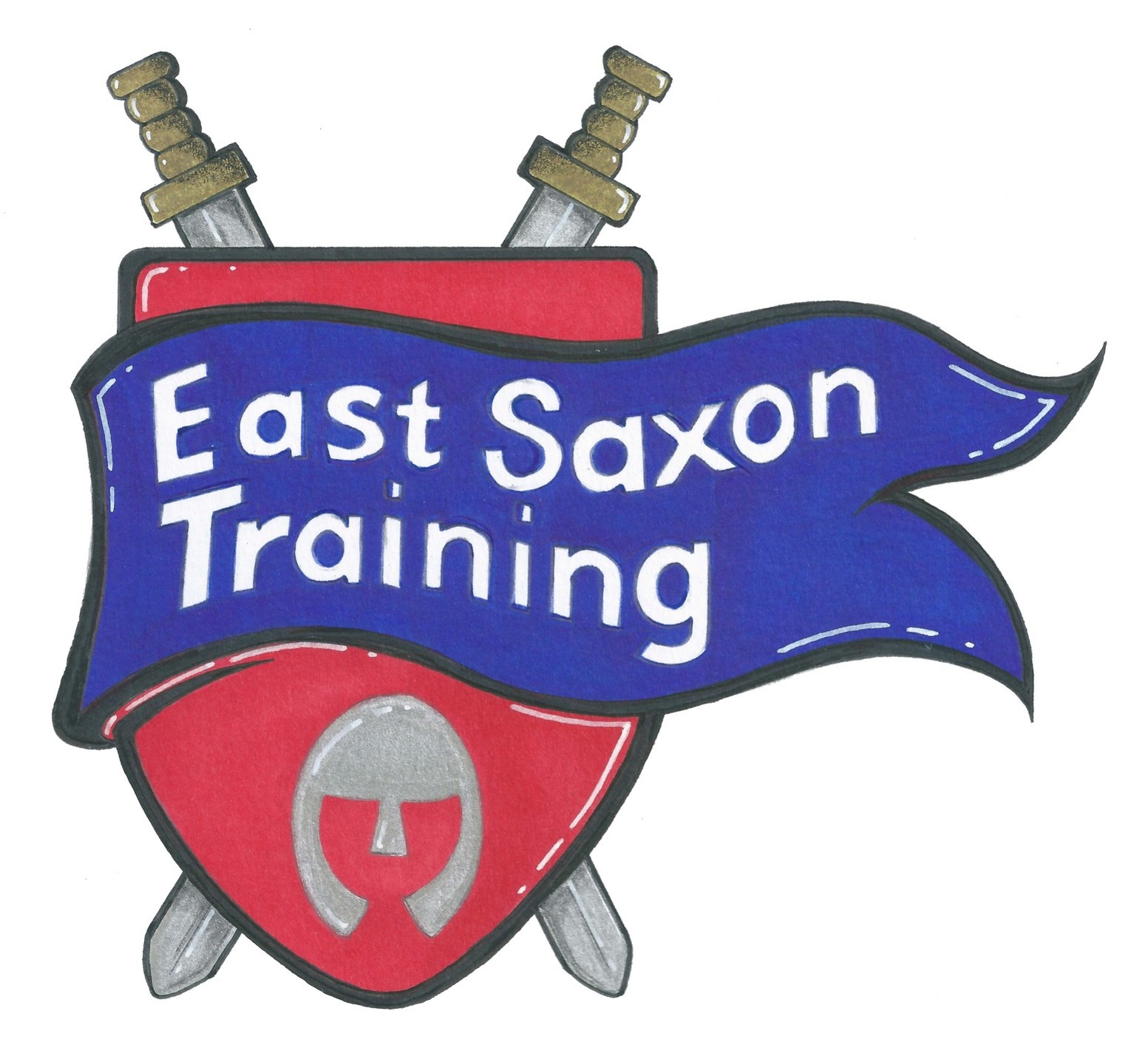Why you should invest in training: lessons from the Great Resignation.
Posted on 10th August 2023 at 07:40
“Workers are quitting their jobs. A lot of them.” (Lufkin, 2021)
In August of 2021, for the first time ever, the number of open jobs in the UK surpassed 1 million. Several factors are at play here—poor working conditions, concerns surrounding Covid-19, and changes to how we want to work—and analysts are identifying more as the data continues to pile up. Some sectors typically have a higher turnover rate, such as food service and retail, but that is no reason to shrug off the data—there are lessons to be learned about what causes staff to leave an organisation. Yet, perhaps more importantly, there are lessons to learn about what can cause staff to stay with an organisation.
Training your staff shows them they are valuable members of your organisation, and by making them feel worthwhile and invested in, they are far more likely to stay part of the team. Recruiting new staff can cost a great deal of time and money; the better option is to retain the staff you already have. The provision of adequate training gives you more control over the turnover rate at your organisation, as training courses provide several opportunities to set the culture and ethos of the workplace. Often, good trainers will send staff back to work feeling refreshed and ready to make a difference; and therefore, less likely to feel despondent or seek new employment.
Sometimes organisations grow in such a way that many employees never have a chance to meet one another. This can lead to a sense of disconnectedness, as a staff member may have little idea of how they fit into the larger structure of the business. During training courses there can be opportunities for staff to sit down—perhaps with a coffee and a biscuit—with people they may not have had the chance to meet before, and establish stronger relationships between the team.
An organisation with a high turnover rate, even before the Great Resignation began, could also benefit from investing in training. By ensuring a standardized level of training, you can be sure that each successive employee is being trained to the level set down by other staff members. If these members of staff have been properly invested in, and feel valued by the organisation, they will pass on this ethos to the newer employees. This could lower the turnover rate, make staff feel happier in the workplace, and lead to growth for your business. Customers who get to interact with happy and engaged staff are more likely to return for more.
In the long-term, there are few investments more rewarding than training your staff. By putting their development at the top of the to-do list, your staff will feel truly valued in their workplace; and your business will be stronger for it. One of my specialities is Management Training, and in that course I put “investing in training” as a central component for success. In the coming weeks, I will be writing more about how to use training as a tool for growth and positive change in an organisation; the full text is always posted here on the EST website, but following us on LinkedIn will also let you stay up to date.
If you’d like to find out more about the value of training, book a training course, or discuss how EST might help your staff, please do not hesitate to call or email me.
David Hewitt
07485 099 309
david.hewitt@eastsaxontraining.com
Share this post:



